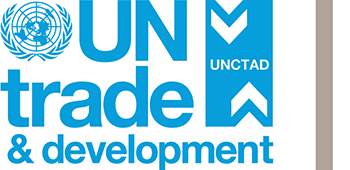Countries need to expand their policy space to adequately respond to short and long-term socio-economic challenges posed by COVID-19. They must expand aggregate demand to spur growth and, at the same time, reduce the debt levels of the public and private sectors. To this end, countries must have at their disposal, the required macroeconomic tool kit to monitor and control the vulnerabilities in the external sector. Capital controls are a key component of this tool kit. Capital controls refer to different types of government intervention in the capital/financial account of a country’s balance of payments with the objective of restricting either financial outflows and/or inflows. This paper analyzes capital controls for the case of nineteen countries in the Asia-Pacific, Africa and Latin America and the Caribbean regions on the basis of a taxonomy that covers the different dimensions of capital controls. These representative case studies serve to illustrate the objectives and modalities guiding capital flow regulation since the middle of the 1990s to the present COVID-19 circumstances, and impact, where data availability so permits. The analysis provides a basis on which to draw important policy lessons and guidelines regarding the feasibility and effectiveness of capital controls for the current circumstances of the pandemic.
